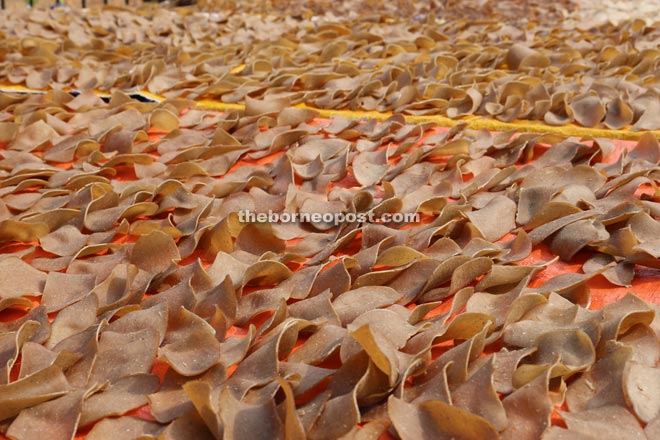
‘Keropok’ making in the Lundu District is part of the cottage industry which has been undertaken by many locals, especially the Malays.
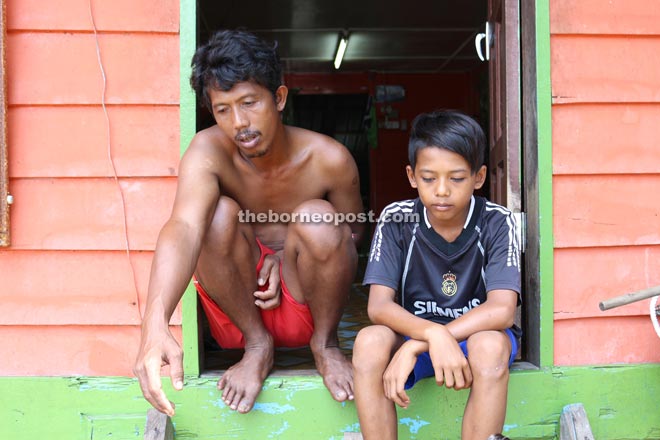
Alias (right) and his brother.
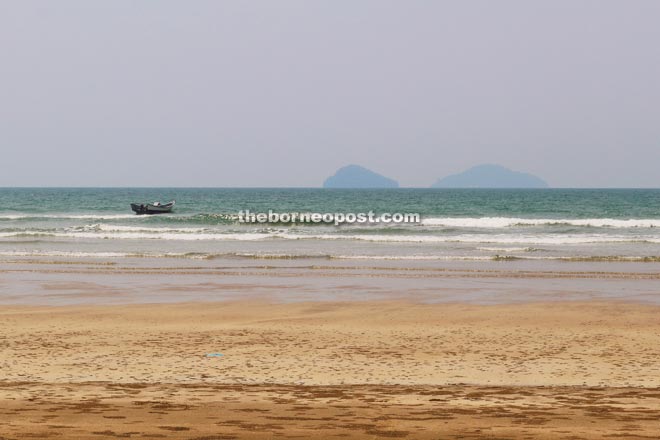
A fishing boat spotted riding the waves at Sematan beach with Talang-Talang at the background.
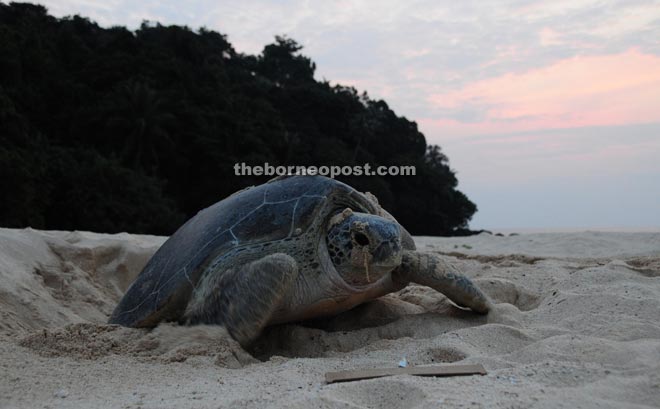
Even now, turtles are still gathering at Talang-Talang which is now a turtle sanctuary to lay their eggs. — Photo courtesy of Sarawak Forestry Department
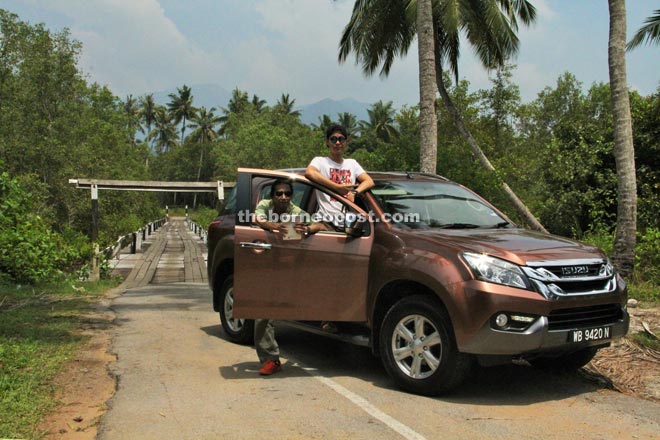
The newly launched ISUZU MU-X at the bridge which will lead to Tg Datu National Park, the spot where the proposed Pan-Borneo highway will start.
LUNDU: Sematan is hard to miss – it is the passageway to Tg Datu the westernmost tip of Sarawak, north of Kuching, where land meets the sea.
For the road-weary traveller it is a place to soak in the sun on beaches where myths spring forth from the blue depths of the South China Sea.
Sematan is within Lundu District, 105km away from Kuching city. It is located by the sea and home to many quaint fishing villages.
The name ‘Sematan’ (San Ma Dan in Chinese) means ‘Three Red Horses’. Many local Chinese believe their forefathers were enchanted by three red-haired stallions cantering in the area. Ironically, Sematan although dubbed the ‘land of horses’ is actually much more blessed by the vast sea surrounding it.
Away from the Sematan beach, as told by 70-year-old Pemanca Lo Sin Li, are two islands – Talang-Talang – resembling turtle shells and which coincidently are the breeding spot for the many turtles found in the South China Sea.
“Each year, hundreds of turtles will lay their eggs on the two islands and a long time ago, there was a festival which was celebrated annually by the folk of Sematan. During the festival, the people will gather on the two islands and pelt each other with turtle eggs found there,” said Lo who has been Lundu’s Pemanca for seven years.
“This was a ritual to worship the sea god but since the two islands have been protected by the government, the festival also came to an end.”
Lo said Sematan is blessed with the rich waters where seafood is joyfully abundant. He explained that jellyfish can be seen floating on the shores of Sematan every year from February to March and from April to May, whereupon people would be on the move to harvest small shrimps.
Deep sea angling too lures cityfolk to these unspoilt spots, where for RM800 a trip, young man Alias Sudin runs a boat hire and fishing expedition based at the handicraft centre of Kpg Siru, a small village in Sematan. He ferries five to six customers on his 35-foot boat for the one-hour ride to Tg Datu, the northernmost tip of Sarawak bordering Indonesian Kalimantan.
“It isn’t costly,” said Alias. “We have to buy benzene for boat fuel at RM2.05 per litre. And not from here but from Lundu bazaar, 30km away, ever since Petronas closed its supply at Sematan, and I use two outboard engines for the 10km boat trip.”
He added that weekend anglers often hire his boat, advertised by only word of mouth.
Aside from the rare shark that boatman Alias has spied on – “I’ve seen 40kg sharks but they are not man-eaters” – what else may entice the tourist at Tg Datu?
But by some wild stretch of the imagination, you can fathom the famous legend of the seven seas – the elusive mermaid of yore.
A wide-eyed Alias daringly relates the legend of one of the most endearing tales from seafarers who swear by Neptune that the mermaid is indeed real.
“In the 80s, some people in Tg Datu saw it (mermaid). Half human, half fish from waist down, with tailfin,” contends Alias. “But the tale came from an old person who has long died.”
In the midst of myths to grip tourists for conversations after the searing sunsets, Sematan has a dozen homestays and four beach resorts.
Until the state’s blueprint for a tourism belt becomes reality, the remoteness is a meaningful getaway from four-star hotels.
Our day-trip to Sematan and Lundu was made possible by the opportunity to test-drive Isuzu’s latest 4WD MU-X, which will be further tested in the coming week when The Borneo Post adventurers drive it to various terrains and ‘hidden’ places of interests.
